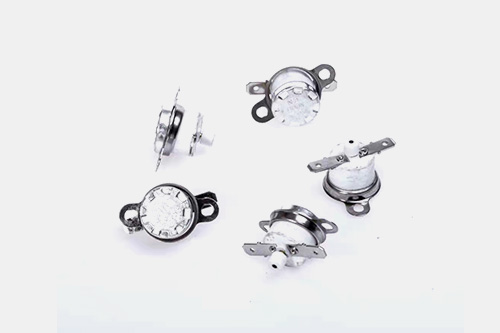
The wiring methods of fuse holders mainly include plug-in wiring and threaded wiring. Plug and play wiring refers to inserting wires into the socket inside the fuse holder and clamping them with spring plates to achieve wiring; Screw type wiring is the process of threading wires into threaded holes in the fuse holder and connecting them through the frictional force of the threads. Below, we will introduce these two wiring methods separately.
Plug and drop wiring is a common fuse holder wiring method. It has the advantages of simple wiring and convenient installation, and is suitable for application scenarios with smaller wire sizes. The spring plate of plug-in wiring needs to ensure sufficient force and reliability when clamping the wire. According to statistics, fuse holders with plug-in connections have a slightly higher electrical failure rate than fuse holders with threaded connections, but their prices are cheaper. The plug-in fuse holder is suitable for low voltage and low current situations.
Screw type wiring is a more reliable fuse holder wiring method. It ensures reliable contact of wires through the frictional force of threads, and is suitable for applications with larger wire sizes. The fuse holder for threaded wiring has a slightly lower electrical failure rate than the fuse holder for plug-in wiring. According to relevant data statistics, the service life of fuse holders with threaded connections is longer than that of fuse holders with plug-in connections in high temperature and humid environments.
Read recommendations:
Fuseless car charger, carefully burn your phone
ge window air conditioner fuse location.What should I do if a fuse burns at home?